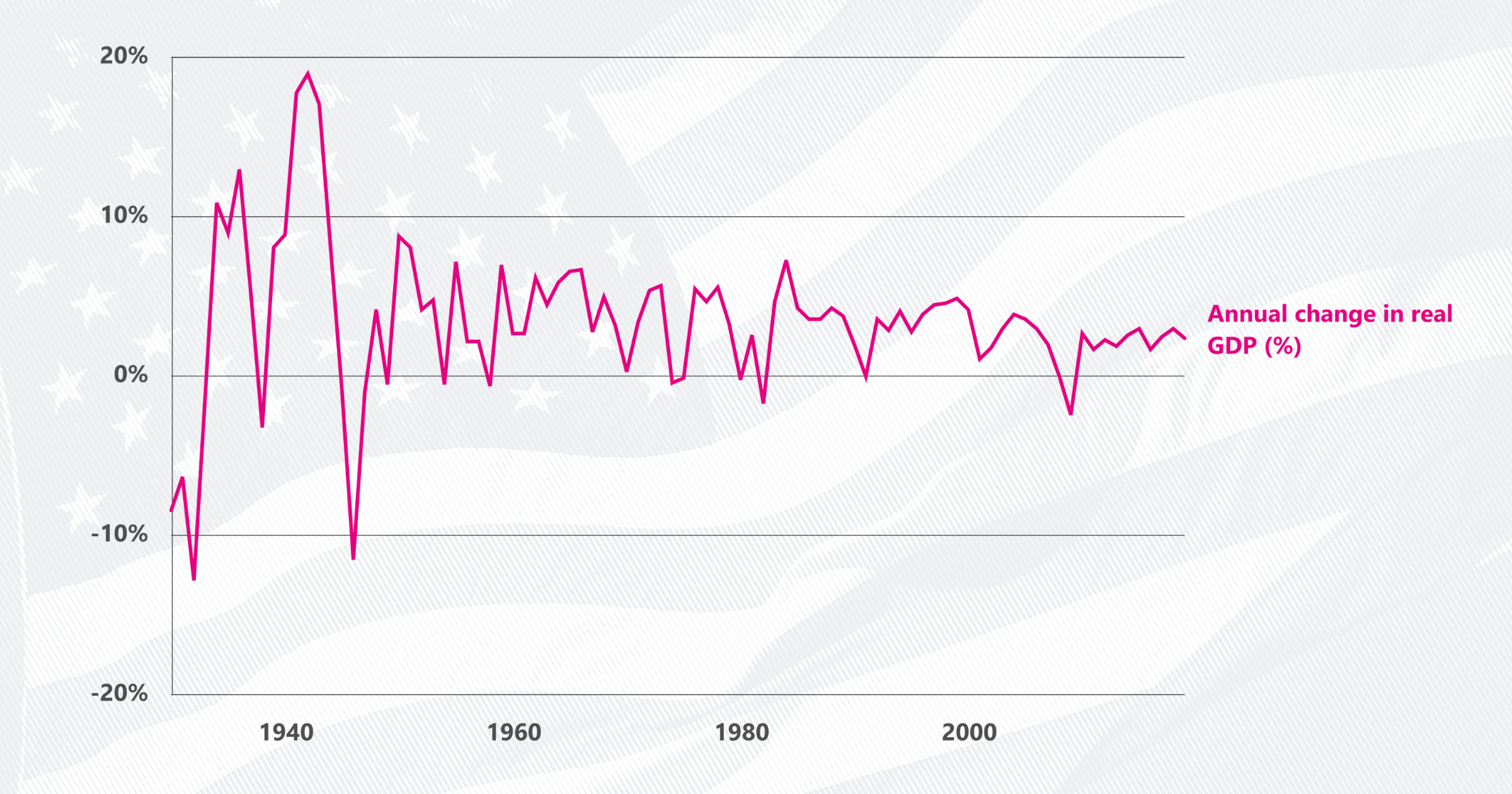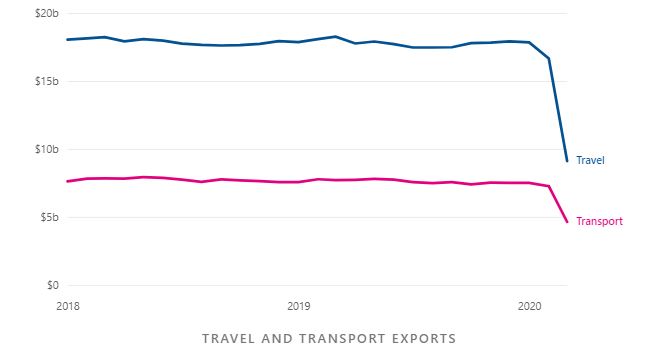Economy
The 2019 economy in review: GDP, employment, income, and trade

On May 9, 2022, the Department of Commerce announced that the US will be lifting some tariffs on steel imported from Ukraine for one year. By reducing tariffs, or taxes on imported goods, that Ukrainian businesses must pay, they are able to sell more of their product in the US.
For the last thirty years, US trade policy has focused on encouraging trade and economic growth with other countries. The US will occasionally suspend tariffs on imports due to economic or political circumstances, such as with Ukrainian steel, but they also have more formal trade relationships.
A free trade agreement is an agreement between two or more countries to encourage trade. The agreements focus on rules and regulations regarding trade but can also include other foreign policy issues.
According to the International Trade Administration, the main goal of US trade agreements is to reduce barriers to US exports, protect US interests in competing abroad, and promote the rule of law in partner countries.
Each trade agreement is different, but they all provide either zero or reduced tariffs between countries. They also allow US companies to compete in global markets by making it easier to import and export goods and services.
According to the International Trade Administration, the US has 14 trade agreements with 20 countries, receiving about 40 percent of goods exported by the US.
The US has bilateral trade agreements with 12 countries: Australia, Bahrain, Chile, Colombia, Israel, Jordan, South Korea, Morocco, Oman, Panama, Peru, and Singapore.
There are also two regional trade agreements: the US Mexico-Canada Agreement (USMCA) and the Dominican Republic-Central America Free Trade Agreement (CAFTA-DR). USMCA is between the US, Canada, and Mexico. CAFTA-DR is between the US, Costa Rica, Dominican Republic, El Salvador, Guatemala, Honduras, and Nicaragua.
Before the USMCA, the US was a part of the North American Free Trade Agreement (NAFTA), which ran from January 1994 through July 2020. Like USMCA, the goal of NAFTA was to increase trade between the three countries by reducing trade barriers. While the agreements cover the trade of both goods and services, government data on the value of trade from the time of NAFTA’s passage is only available for goods.
NAFTA had an immediate impact on US trade with both Mexico and Canada.
From 1992 to 1993, imports of goods from Mexico to the US increased by 13%, and US exports of goods to Mexico increased by about 2%. Imports of goods from Canada increased by about 13%, and US exports of goods to Canada increased by about 11%.
In the first year of NAFTA, imports of goods from Mexico to the US increased by 24%, almost double the rate of increase from the previous year. US exports of goods to Mexico grew faster than the year before, rising by about 22%. The US trade balance for goods, the difference between exports and imports, with Mexico went from about $1.7 billion to about $1.3 billion during the same period.
Historically, the US had run trade surpluses with Mexico. During the first year of NAFTA, Mexican exports of goods to the US outpaced US exports of goods to Mexico. Since 1995, the US has had trade deficits with Mexico.
The agreement had a smaller impact on the trade of goods between the US and Canada. Imports of goods from Canada increased 15.5%, and exports of goods to Canada increased 13.9%. The trade balance for goods with Canada had decreased for three years before NAFTA and continued to decline after its enactment. From 1993 to 1994, the trade deficit with Canada went from about $10.8 billion to about $14 billion.
The USMCA went into effect in July 2020. Due to the COVID-19 pandemic, it is difficult to determine the trade agreement's impact. The pandemic prompted border closures, manufacturing and production shutdowns, labor shortages, and many other issues that further complicated trade between the three countries.
In the first year of the USMCA[1], US exports of goods to Mexico increased by 31%, increasing the trade deficit with the country from about $96.7 billion to about $120.8 billion.
At the same time, the trade deficit with Canada increased from about $24.1 billion to about $27.4 billion, as Canadian imports of goods increased 44%.
If the effects of the pandemic are reduced over time, government data may show the long-term trade impacts of the agreement.
Trade agreements such as USMCA have other effects, as well. USMCA raised product and intellectual property standards, created more labor rights for workers, improved environmental protections, and provided investments for the auto manufacturing industry.
Other economic impacts of trade agreements are not clear in government data. For example, trade agreements are likely to affect job markets in partner countries. But the extent of the impact is not evident in the data. Reducing barriers to trade makes it easier for companies to relocate facilities and jobs to trade partners. Factors beyond the trade agreements can cause jobs to increase or decrease in a specific country.
Learn more about the US economic recovery from COVID-19 in our COVID-19 Impact and Recovery Hub and get the facts every week by signing up for our newsletter.
The impact of the first year of the USMCA was done by comparing the trade balance for each country from July 2019 to June 2020 to the trade balance for each country from July 2020 to June 2021.
Economy
Economy
Economy
Economy
Newsletter
Keep up with the latest data and most popular content.


